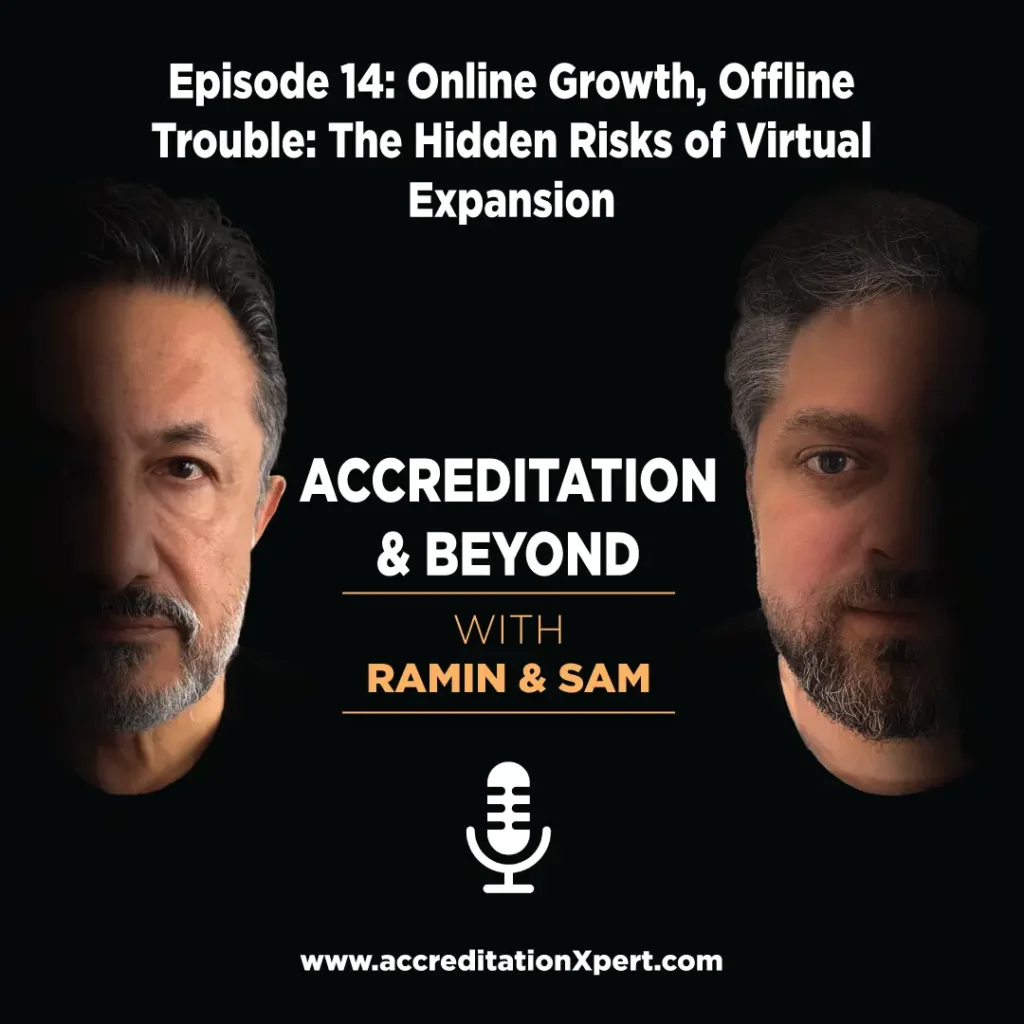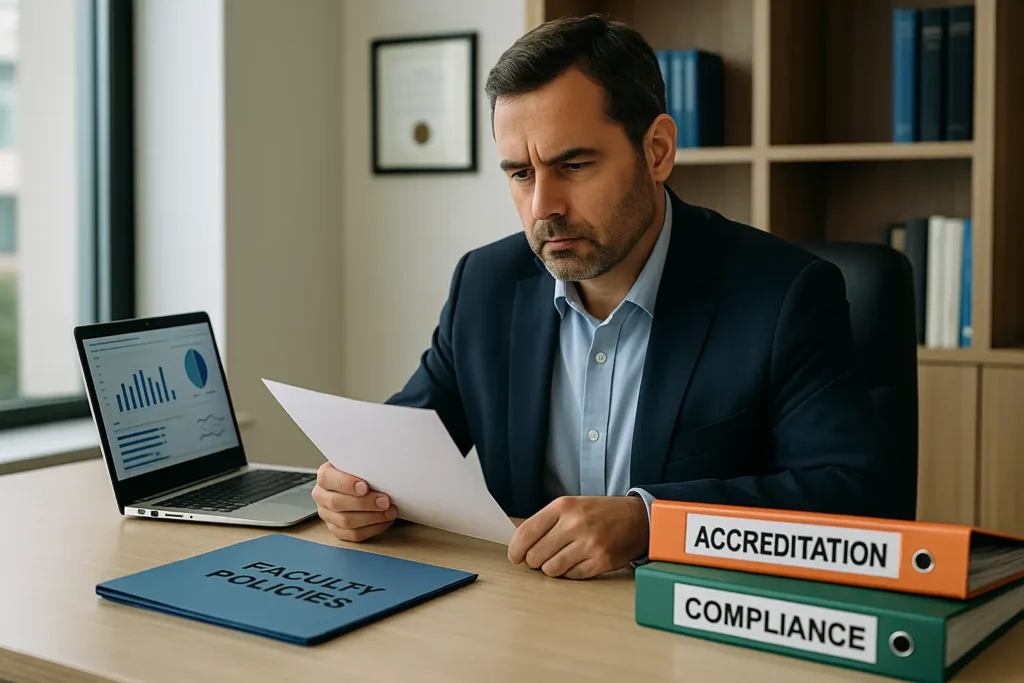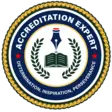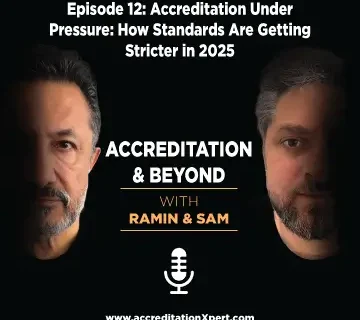
As more colleges and universities pivot toward online learning, many are discovering the expansion comes with hidden risks: compliance gaps, faculty oversight issues, and accreditation vulnerabilities. In this episode, Dr. Ramin Golbaghi and Sam Askari discuss why rapid online program growth, while often necessary, can undermine institutional stability if not planned strategically. From student engagement concerns to regulatory blind spots, this episode offers practical solutions for higher education leaders navigating virtual expansion in the wake of enrollment decline.
The Rise of Online Enrollment
Ramin and Sam open the episode by outlining the explosive growth of online and hybrid programs since the pandemic. Many institutions expanded online offerings to capture new markets, cut costs, or respond to declining on-campus enrollment. However, in doing so, some skipped foundational planning, resulting in gaps in course quality, oversight, and compliance documentation. The hosts warn that what began as a survival strategy is now a structural shift, and schools must catch up operationally and strategically.
Faculty Oversight in Remote Programs
One of the most common issues institutions face is inadequate faculty engagement in online environments. Sam shares insights from recent accreditation reviews where schools lacked documentation proving that instructors were actively monitoring student progress, grading in real time, or initiating outreach. Ramin emphasizes that asynchronous doesn’t mean invisible, and that accreditors want to see faculty qualifications, course shells, and evidence of meaningful instructor presence.
Student Engagement and Retention Online
The shift to online learning brought convenience, but at the cost of connection. Ramin and Sam break down what’s missing from many virtual programs: live touchpoints, peer interaction, and proactive support services. Without these, student satisfaction and retention often drop. The episode outlines practical strategies for improving engagement, including mobile-friendly tools, virtual office hours, feedback loops, and clear pacing guides that work even in asynchronous formats.
LMS Compliance and Documentation Pitfalls
Too often, institutions treat their LMS (Learning Management System) as a back-end tool rather than a compliance engine. Sam explains how accrediting bodies expect clear documentation of course content, instructor interaction, grading standards, and student performance tracking. The hosts describe scenarios where missing rubrics, outdated syllabi, or undeveloped modules resulted in citations or worse. They advise schools to audit their LMS content quarterly and maintain curriculum maps that link to learning outcomes.
Accreditation Red Flags in Virtual Expansions
As virtual programs scale, so do the risks. Ramin lists key red flags that site reviewers and state licensing agencies typically notice: a lack of clear faculty load policies for online teaching, inconsistent course shells, inadequate institutional review of technology tools, and poor alignment between catalog descriptions and online course delivery. Sam highlights how even minor inconsistencies can lead to significant delays in licensing or reaccreditation.
online program compliance risks

The Cost of Growth Without Strategy
In this candid segment, Ramin shares an example of a multi-campus college that launched eight online programs in 18 months but failed to revise its policies, train faculty, or submit program change notices to its accreditor. The result: a probation warning and over $400,000 in lost Title IV revenue. The lesson? Online growth without a compliance roadmap is not just risky it’s expensive.
What Institutions Can Do Right Now
The episode closes with a checklist for leaders: Conduct a digital self-study, verify that online faculty meet qualification and engagement standards, align LMS content with catalog descriptions, and document every change for future reporting. Ramin and Sam also recommend preparing a formal Virtual Program Compliance Addendum that can be included in self-studies and readiness reviews, especially for institutions looking to expand further.
AEC Note
Online growth isn’t going away but it doesn’t come without risk. Schools that take time to align virtual expansion with strategic planning, faculty oversight, and accreditation compliance will not only grow but thrive. If your institution is considering or already managing online programs, this episode is essential listening.
Schedule a free consultation today.
📧 info@AccreditationXpert.com
📞 1-833-232-1400
🌐 www.AccreditationXpert.com (That’s X-P-E-R-T)




